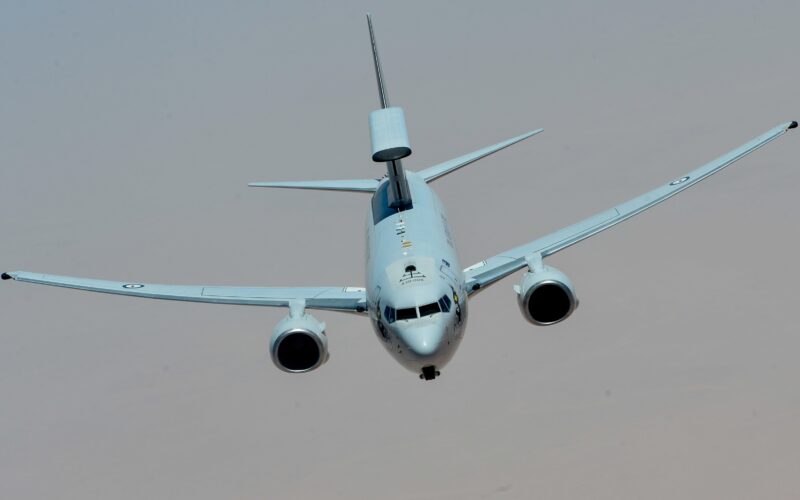NATO has officially chosen the Boeing E-7A Wedgetail as the next-generation command and control aircraft.
This decision, announced on November 15, 2023, comes as NATO’s existing Airborne Warning and Control (AWACS) fleet, comprised of Boeing E-3A aircraft, approaches its retirement.
The approval for the acquisition of six new E-7A Wedgetail aircraft was granted by a consortium of NATO Allies earlier in the month, marking one of the largest capability purchases in NATO’s history. Production is set to commence in the coming years, with the first aircraft expected to be operational by 2031.
“By pooling resources, Allies can buy and operate major assets collectively that would be too expensive for individual countries to purchase,” NATO Secretary General Jens Stoltenberg stated. “This investment in state-of-the-art technology shows the strength of transatlantic defense cooperation as we continue to adapt to a more unstable world.”
The E-7A Wedgetail is an advanced airborne early warning and control (AEW&C) aircraft developed by Boeing. It is based on the Boeing 737-700 airframe and equipped with a radar system mounted on the top of its fuselage. Unlike the rotodome of its predecessor, the radome of the Wedgetail is fixed.
The Wedgetail was originally developed for the Royal Australian Air Force. Among NATO allies, the United States, the United Kingdom, and Turkey either currently operate the Wedgetail or have plans to do so. Boeing claims that the transition from the E-3 Sentry to the E-7A Wedgetail is relatively seamless thanks to the similarity in user interfaces across both platforms.
NATO has operated the Boeing E-3A Sentry AWACS aircraft since the 1980s. The current NATO AWACS fleet is composed of 14 E-3A aircraft based in NATO Air Base Geilenkirchen, Germany. The Wedgetail is expected to operate from the same location.
The acquisition of the E-7A Wedgetail is part of NATO’s broader Alliance Future Surveillance and Control (AFSC) program from the mid-2030s, ensuring NATO’s continued adaptation to evolving security challenges. Launched in 2016, the program aims to study and develop NATO surveillance capabilities and may include a combination of manned and unmanned air, ground, maritime, and space systems that could work together and share information.

